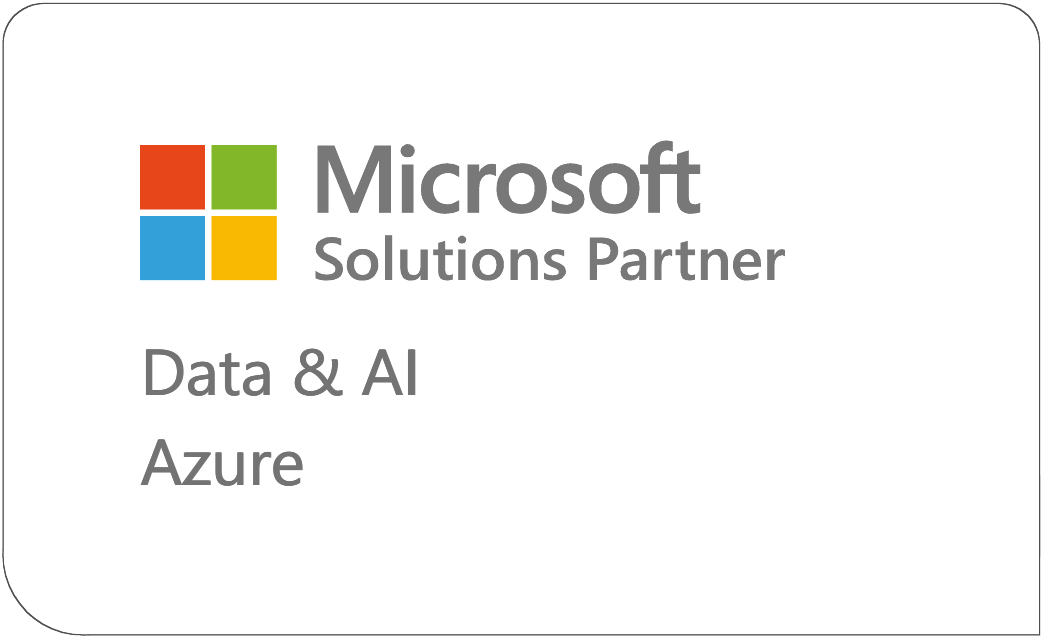While Excel is an important part of the Microsoft ecosystem, it also has serious limitations for more advanced use cases. From accidentally deleted formulas that are impossible to track down to automatic but inaccurate number formatting, there are countless Excel data management horror stories.
If you feel stuck in Excel hell, transitioning to a more powerful business intelligence (BI) tool will help you get your reports under control and create a more compelling and holistic view of your data.
Making this switch can be a large organizational shift, though, with many moving parts to consider. Keep reading to discover how to select the right tool for your needs, and what steps you need to take the make a smooth and successful transition.
What To Consider When Transitioning to a BI Tool
It’s important to note that Excel will never die—it’s likely that you’ll still use the program in some capacity throughout your organization. So it’s important to identify which specific data processes you want to shift away from the platform.
Time-Savings
Tedious and time-consuming tasks are great candidates to move away from Excel.
Business intelligence tools like Power BI can automate many tasks that need to be done manually in Excel, saving your entire team time and effort.
This time savings translates into cost savings as well. If you have 100 people in your organization, the cost savings of using a BI platform is upwards of $570,000 due to the elimination of manual data processes.
Data Insights
Additionally, it’s important to look for a tool that not only helps you manage your data but provide helpful insights. Analytics and data visualization tools give you a closer look at your data to help you make informed business decisions.
While Excel compiles reports, you’re only getting a look from that single source. An advanced BI tool gives you a more holistic view, pulling data from multiple sources. This wide view gives you the advanced insights you need to make critical business decisions.
In addition to more advanced insights, better data visualization makes it simpler to interpret your data.
When your data is stuck in Excel, you’re at the mercy of manually created, relatively simplistic reports. With a BI tool, data reporting is more advanced and visually compelling. You’re able to get a clear snapshot of your data, empowering your team to make interpretations more quickly.
Data Collection
Finally, it’s important to make sure you have the right processes in place before making the switch to Power BI or a similar BI tool.
Without an efficient way to collect and enter data internally, even the most advanced tool might not help you. Additionally, you’ll need to make sure your BI tool integrates with your existing systems to facilitate company-wide adoption.
Top BI Tools on The Market
Power BI
Power BI is arguably the best business intelligence tool on the market, and we recommend it to all of our clients here at Collectiv. It’s part of the Microsoft ecosystem, so it integrates seamlessly with any other Microsoft products your organization uses.
With Power BI you’re also able to integrate with a wide variety of other data sources, helping you create a holistic view of your data.
They also have advanced data modeling capabilities, where users create multiple models and reports from a single data set. New visualization options are constantly added, so users can create aesthetically appealing reports that are easy to interpret.
Alternative BI Tools
While Power BI is the top choice here at Collectiv, there are many other business intelligence tools on the market as well. It’s important to conduct detailed research to determine which BI tool will best integrate with your business.
Research platforms like Gartner provide helpful BI tools comparisons of the top tools on the market to help you make an informed decision.
Other leading BI tools on the market include Tableau, Qlik, and Domo. While none of these platforms are as comprehensive as Power BI, they do offer a BI alternative outside of the Microsoft system.
Tableau is one of the oldest BI tools on the market and focuses mainly on visualizations rather than data management. Qlik and Domo offer a wider range of features but don’t offer the customer support and integrations that Power BI does.
Ready to Make Power BI Your Go-To BI Tool?
If you’re ready to make the leap from Excel to Power BI for your advanced data needs, Collectiv is here to help.
Our team of expert consultants not only helps you transition your systems to Power BI, but we also help you adjust your internal processes and develop long-term data analytics strategies.
Schedule a call today to learn more about switching to Power BI.



























